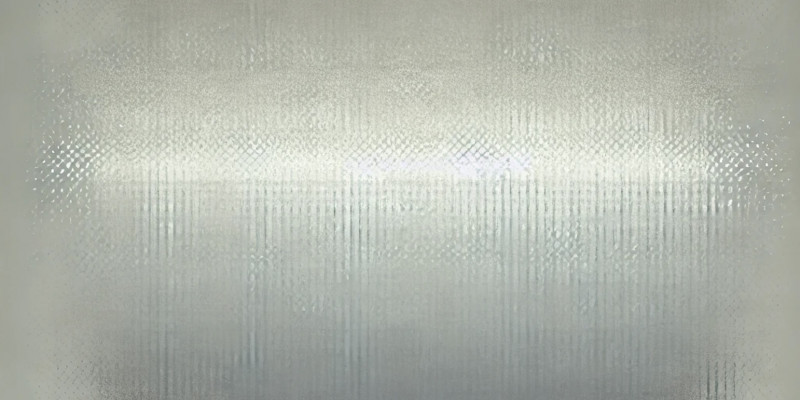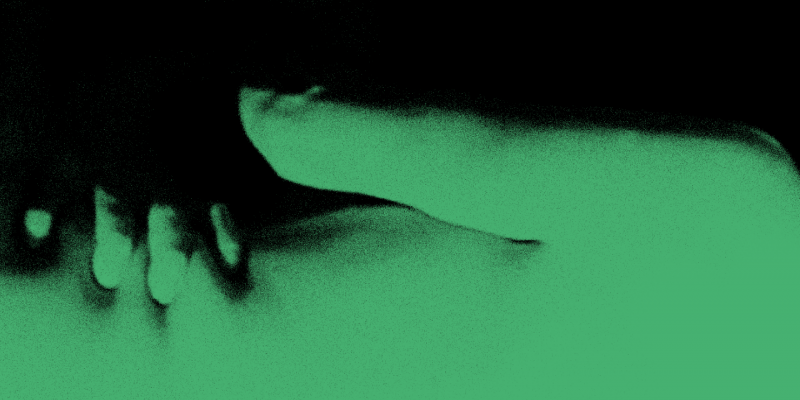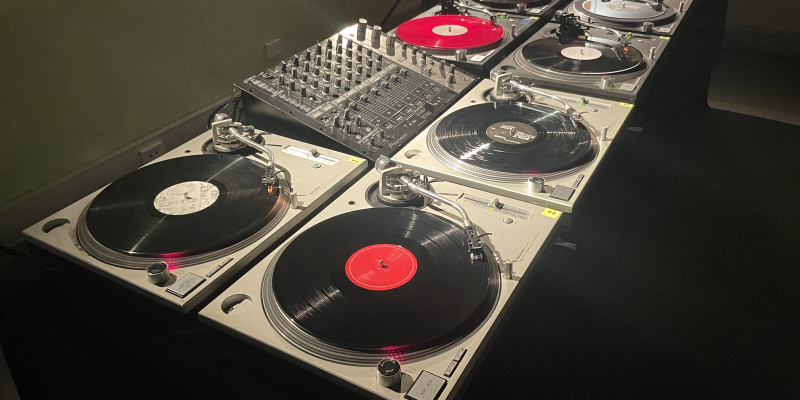Bartmanski, D. and Woodward, I. (2015). Vinyl: The Analogue Record in the Digital Age. 1st ed., London: Routledge.
Butler, MJ. (2014). Playing with Something That Runs: Technology, Improvisation and Composition in DJ and Laptop Performance. New York: Oxford University Press.
Byrne, B. (2016). »Place Time (Sounds): Hearing Manfred Werder’s 2005 (1)«m, Seismograf Peer. Doi: https://doi.org/10.48233/seismograf1605.
Cage, J. (1952). 4’33” [score]. New York: Henmar Press.
Callander, M. (2023). Locked Grooves 2019-2023 [Creative Folio], Melbourne: RMIT University.
Callander, M. (2023). »Thinking About Syncing: examining the impact of 21st century DJ technology on the production and performance of electronic dance music«. Chroma: Journal of the Australasian Computer Music Association. Available at: https://journal.computermusic.org.au/chroma/article/view/4 (accessed: 24 January 2024).
Callander, M. (2024). Ten Turntables [Installation]. International Symposium on Electronic Art 2024.
Carr, P. and Challis, B. (2020). »The Impossible Made Real: A typology of loops and an exploration of the impact of immediacy and hypermediacy in popular music«. IASPM Journal, 10(1): 43-58, doi:10.5429/2079-3871(2020)v10i1.4en
Cutler, C. (2018). »Loops, Memories and Meanings«. In Julien, O. and Levaux, C. (eds). Over and Over: Exploring Repetition in Popular Music. New York: Bloomsbury Academic & Professional.
Daft Punk. (1997) »Revolution 909«, on Homework [LP]. UK: Virgin Records Ltd.
Eco, U. (1989). The Open Work. Translated from the Italian by Cancogni, A. Cambridge: Harvard University Press.
Eno, B. (2017). »The Studio as Compositional Tool«. In Cox, C. and Warner, D. (eds). Audio Culture: Readings in Modern Music. Revised edition. New York: Bloomsbury: 185-188.
Goldmann, S. (2013). Ghost Hemiola [2LP]. Germany: Macro.
Heaven 17. (1981). Penthouse and Pavement [LP]. UK: Virgin Records Ltd.
Katz, M. (2010). Capturing Sound: How Technology Has Changed Music. Berkeley: University of California Press.
Levaux, C. (2016). »Loop«. Rock Music Studies, 3(2): 167-179, doi: 10.1080/19401159.2016.1155382
Levaux, C. (2017). »The Forgotten History of Repetitive Audio Technologies«. Organised Sound, 22(2): 187-194.
Lysaker, J. (2017). »Turning Listening Inside Out: Brian Eno’s Ambient 1: Music for Airports«. The Journal of speculative philosophy 31(1): 155–176.
Moorefield, V. (2010). The Producer as Composer: Shaping the Sounds of Popular Music. Cambridge: The MIT Press.
Nattiez, J-J. (1990). Music and Discourse: Toward a Semiology of Music. Translated from the French by Abbate, C. Princeton: Princeton University Press.
Samartzis, P. (2005). »Surface Noise«. Sound Scripts: Proceedings of the Inaugural Totally Huge New Music Festival Conference.
Schaefer, J. (2001). »AudiOh!: Appropriation, Accident and Alteration«. Leonardo music journal 11: 71–76.
Schaeffer, P. (1952). In Search of a Concrete Music. Translated from the French by North, C. and Dack, J. Berkeley: University of California Press.
Sherburne, P. (2004). »Digital Discipline: Minimalism in House and Techno«. In Cox, C. and Warner, D. (eds). Audio Culture: Readings in Modern Music. New York: Continuum: 319-326.
Steve Harley & Cockney Rebel (1975). The Best Years of Our Lives [LP]. UK: EMI Records Ltd.
Tamm, E. (1995). Brian Eno: His Music and the Vertical Color of Sound. Boston: Da Capo Press.
The Beatles. (1967). Sgt. Pepper’s Lonely Hearts Club Band [LP] UK: Parlophone.
Various Artists. (2004). Yokomono: 110 Lock Grooves [LP]. Netherlands: Staalplaat.
Various Artists. (2009). RRR-1000 Lock Grooves [LP]. USA: RRRecords.
Williamson, CB. (2021). »Locked Groove«. Journal of Popular Music Studies 33(3): 40.
Winx. (1995). »Don’t Laugh (Eternity Mix)«, on Don’t Laugh [12inch]. Germany: ZYX Music.
X-102. (1992). Discovers The Rings of Saturn [2LP]. Germany: Tresor.
Zlatopolsky, A. (2015). »Behind The Groove: The Ron Murphy Story«. Red Bull Music Academy, accessed November 21, 2023. http://daily.redbullmusicacademy.com/2015/05/ron-murphy-feature.








